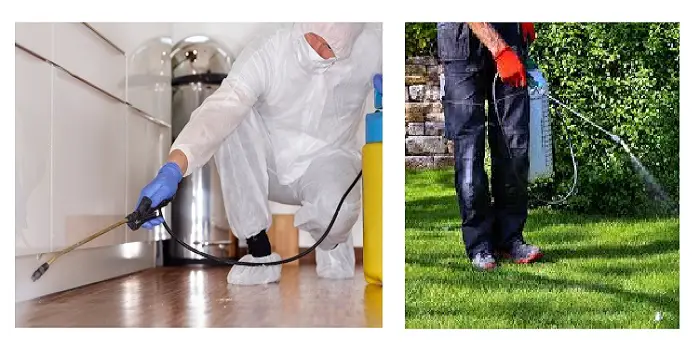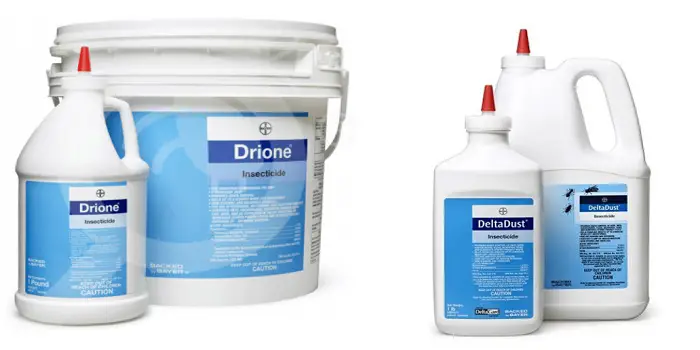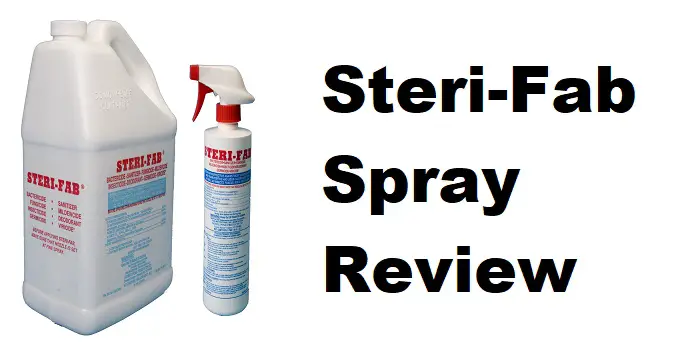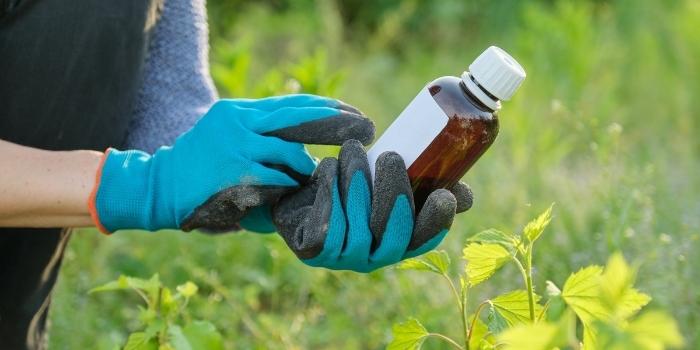
It is understandable that many people hesitate to use harsh chemicals on their plants and flowers.
However, there are many natural choices for keeping pests off your plants. One of the most popular is a sulfur fungicide.
What is Sulfur Fungicide?
Sulfur is a natural element that exists in the water, soil, plants, and food.
It has been used to kill insects, rodents, fungi, and mites for centuries.
Since the 1920s, sulfur has been registered for use in pesticide products.
The advantage of using sulfur starts with its natural compounds that are safe to use in the environment.
This means that it will kill the unwanted pests but not harm your plants as long as you use the product in the recommended amounts.
Plus, you’ll want to use the product in temperatures under 80 degrees F. Otherwise, it may damage the very plants you are trying to save.
How to Make Sulfur Spray for Plants?
Making this product is quite simple. The first step is to purchase the sulfur, which normally comes in powder form.
You can find sulfur powder made to be mixed with water which includes the portion amounts for ideal results.
You simply pour the sulfur into a container, then add the recommended amount of water and stir.
While some products may vary, the most general mixture is five ounces of sulfur for every gallon of water.
You can stir or shake the product, assuming you have a lid for the container. Once thoroughly mixed, pour it into a spray bottle, and you are ready to go.
Spray the mixture onto your plants at the amount recommended on the label.
You should only need to spray a relatively small amount to cover your plants.
This provides enough sulfur to kill the pests while leaving your plants unharmed.
Safety Tips
The first safety tip is to be careful when using the spray.
You may want to wear gloves and goggles so that none of the sulfur enters your eyes.
Be sure to not spray the mixture on windy days as it might wind up on your skin, clothing, or eyes.
While the chances are quite small, it still is enough of a concern that you should be careful when mixing and spraying the mixture.
If that does happen, rinse the area for 15 to 20 minutes. If you wear contact lenses, take them out before rinsing your eyes.
If you somehow ingest the mixture, you will need to contact your doctor or poison control center.
Considerations
While the sulfur fungicide is most effective against pests, it can also harm bees.
Since bees are a vital part of the pollination process, you’ll want to apply the mixture only when the plants and flowers are not in bloom.
And be careful when spraying if you are near sources of water such as streams or a pond. This is because sulfur is harmful to aquatic life.
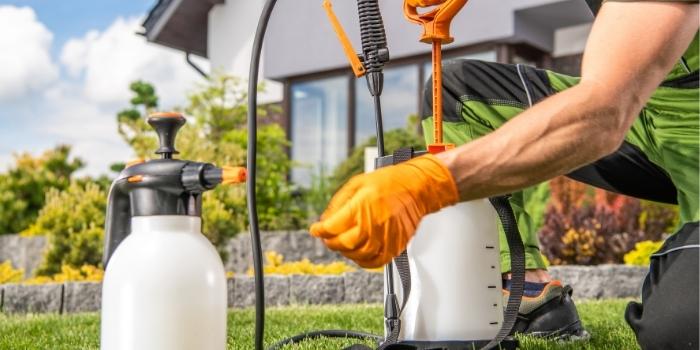
Can You Apply Fungicide & Insecticide Together?
It is common for plants to be infected with fungi and have pest issues at the same time.
For the gardener to combat such issues, it is important to use the right fungicide and insecticide that do not interfere with each other.
In many cases, it is best to use each product on its own. But there are times in which you can mix the two together.
Before mixing fungicide and insecticide it is recommended that you only create small batches of the mixture first and test it out.
Only when you see that it is effective against both should you then create a large batch of the mixed substance.
Tips for Mixing Fungicide and Insecticide
Always read the labels on the products before you start mixing them.
When bringing together insecticides and fungicides, there may be specific directions or safety concerns.
The more information you can discover before getting started, the more likely your mixture will work.
When you have found an insecticide and fungicide that may work together, start with a pint of water in a glass jar that has a cap that can be sealed.
Next, add the designated amount of insecticide and fungicide to the jar as per label instructions.
Seal the jar and shake it until the contents appear to be thoroughly mixed.
Let the jar sit for about 30 minutes. After the half-hour has passed, look at the mixture to see if it is still together.
It should retain its original appearance when freshly mixed or perhaps only a slight separation has occurred. If so, then it is ready to be used.
However, if after 30 minutes you see sludge on the bottom of the glass jar or lots of clumping, then the insecticide and fungicide are not compatible.
Next, you will need to conduct a test spraying on a plant that has both fungus and unwanted insects.
Spray a small area and let it sit for two to three days. Go back and check to see if the product worked.
If so, you can start spraying the entire plant and other plants that are affected.
If not, then you will need to try another mixture or use the fungicide and insecticide separately.
The Conclusion
Remember that just because sulfur is a natural element, it is also a dangerous one.
Take a few extra steps to be careful and you’ll manage to protect your plants and yourself when applying the sulfur fungicide.
Just like you did with the test sample, examine the plants you sprayed after two to three days.
You should see a marked decrease in fungus and lack of insects.
Once you notice the effectiveness, you will need to spray every week or after rain again to keep the plants healthy.
This time, a very light coating should be enough to kill any fungus and insects that are on your plants and prevent them in the future.
Share the post "How to Make and Use Sulfur Fungicide Formula?"

Welcome to ProShieldPest.com. I am Tina Jones. I have been working as a pest removal professional in Winslow, Arizona lately. At present, I love to spend my time with my family as a retiree.
Here I share all my knowledge and experiences to help people understand better how they can stop pests at their homes without actually killing them. Hopefully, the information you will find here will help in safeguarding your home! You can check more about me here.

